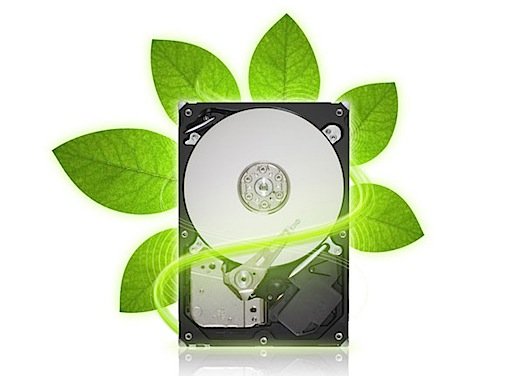Lately, a new breed of hard drive have been hitting the market. While these new “energy-saving” drives advertise being quieter, less power-consuming, and/or cooler, this is due to the drive running slower. For example, most “green” drives run at 5400 RPM (rotations per minute) compared to the more popular 7200 RPM. While the slower speed can sometimes translate to being more energy efficient, this is only for machines that don’t need high performance. Even then, the amount of energy saved is fairly abysmal when compared to other methods.

Basically, if you’re looking to put together a desktop that doesn’t require high performance, then a “green” drive might not be a bad choice. They run quieter and cooler. The energy savings, however, are almost half of that you would get from changing one incandescent lightbulb to fluorescent[1]. Consider what your computer is going to be used for before deciding between a lower-speed “green” drive and a high performance one. If you’re looking for a combination of power saving and high performance, a SSD(Solid State Drive) is the best way to go. Which one will you choose? Feel free to leave a comment below with your choice and why you chose it.
For more information and statistics, click here.
[1] Ars Technica-
Assuming your drive spends 4 hours reading and writing and 20 hours idle per day, switching from the WD Black to Green saves you only 45 kilowatt-hours per year. The national average cost of a kilowatt-hour is 11.93 cents, netting you a whopping $5.38 per year for your sacrifice of 1800 RPM. For comparison, changing one 60-watt lightbulb used 4 hours a day to a 7-watt fluorescent one saves you more, about $9.23 per year.